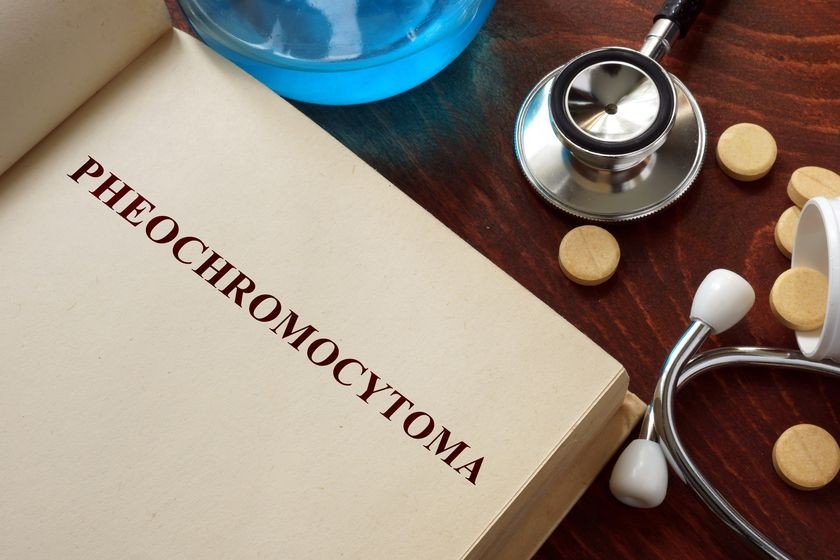
Problem Veins? Problem Solved! The Truth About Venous Disease

About 1 in 22 people in the USA are affected by varicose veins with the incidence increasing with age. Over 40% of women in their 50’s suffer from some sort of venous disease with varicose veins 3 times more common in women.
Genetics plays an important role in your developing chronic venous disease. In fact, if both parents have varicose veins, the likelihood you will too is almost 90%.
While your genetics and age cannot be altered, some lifestyle modifications can be adopted to reduce the incidence or severity. These include maintaining a healthy weight, regular exercise and avoid cigarette smoking.
What causes varicose veins to develop?
Did you ever wonder how the blood, which is pumped from your heart to the feet, returns back to the chest against the pull of gravity? The answer is venous valves.
When properly functioning these valves allow blood to move back to the heart in a stepwise fashion. When they are faulty, blood tends to pool in the lower leg and around the ankles leading to swelling and development of varicose veins as well as others symptoms including pain, burning, throbbing, heaviness, numbness and others.
What are treatment options?
The symptoms of venous disease generally progress throughout the day and are improved with leg elevation and exercise. The use of prescribed graduated compression stocking can be helpful to control the symptoms but do not correct the underlying problem. These work by creating a pressure gradient which helps the blood move upwards toward the heart.
Initial treatment is focused on the veins with the faulty valves. These are determined with a simple ultrasound of your legs. If, after treating the offending source the varicose veins persist, then they are treated directly.
State of the art treatment includes the use of heat and/or chemicals to eliminate unwanted veins. Some physicians may also use tiny incisions to remove persistent varicose veins. Additional treatments continue to evolve, however, at present there is no cure for venous disease.Our goal is to correct and control the process and manage risk factors.
Venous disease tends to be progressive and successful treatment does not preclude developing new venous problems years down the road.




